Premium Only Content
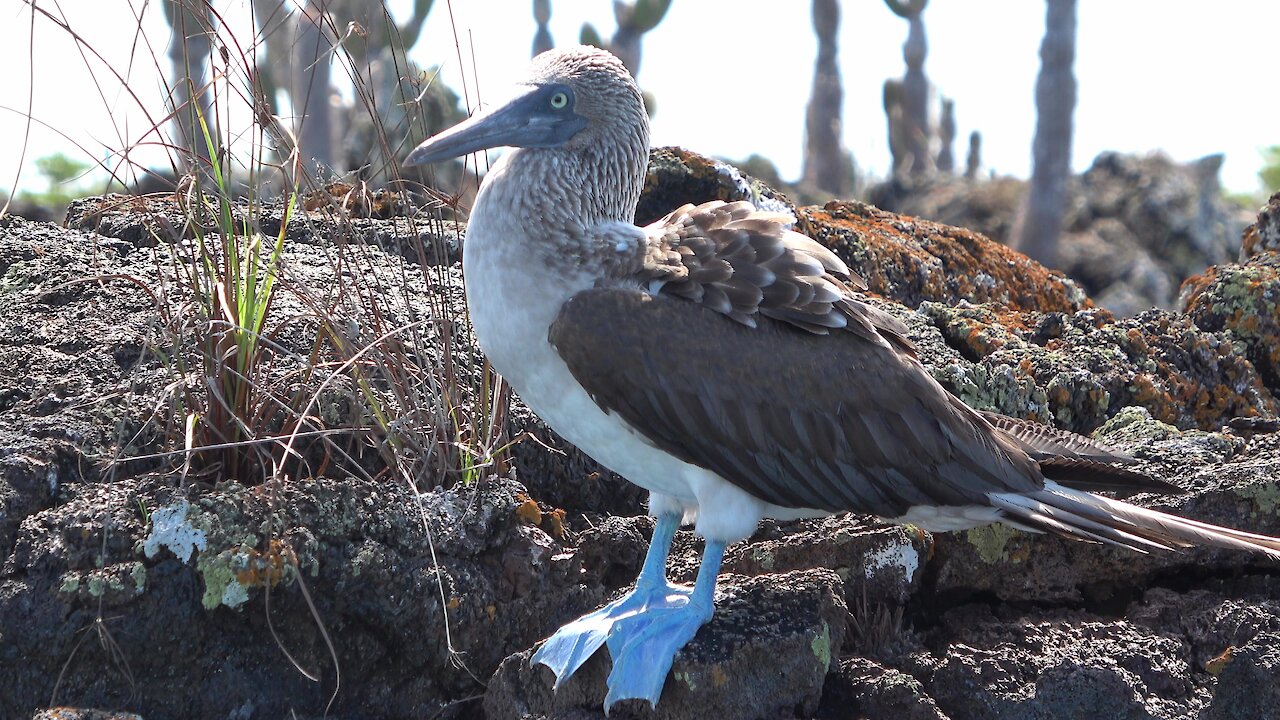
The blue-footed booby is one of Galapagos' most iconic animals
The Galapagos Islands are home to some of the most diverse and unique animal species on the planet. Very young in geological terms, the Galapagos Islands formed as a result of volcanic activity approximately 4 million years ago.The islands became inhabited by animals that are believed to have arrived on floating rafts of vegetation. The animals evolved and adapted in unique ways, with many species here being found only on the Galapagos Islands.
The blue footed booby is a bird that cannot be found in any other location on earth. Its vivid blue feet make it instantly recognizable and it is featured on postcards, travel brochures, and t-shirts, and almost any tourism publication relating to the Galapagos Islands. The Galapagos are actually home to red footed boobies and Nazca boobies as well. The boobies are aquatic birds that resemble large, stocky gulls at first glance.
Blue footed boobies are also famous for their courtship dance. The male wobbles back and forth, lifting his blue feet to display to the female to show her what a genetically strong specimen he is. He will pick up a stone or twig as an offering and try to impress her with his dance moves. If she is suitable impressed, she will chose him as a mate and the two will raise the offspring together.
In this video, a tour guide from the Galapagos Islands is describing the characteristics of the blue footed booby and the mating rituals for a group of Canadian tourists. The tour gave them a close look at boobies standing on the rocks along the entrance to the harbor, as well as those nesting on shore. They even had a close look at a newly hatched chick who was waiting patiently for his parents to return to feed him. Baby boobies are very fuzzy, having not grown mature feathers at this stage. They grow quickly, developing strong wings for flight after a few months. When the babies are old enough, they too will fly out to sea to dive for fish, returning to land to rest.
The blue footed booby gets the coloring in its feet from the pigments in the fish that it eats. A trip to the Galapagos is not complete without a close look at the blue footed booby.
-
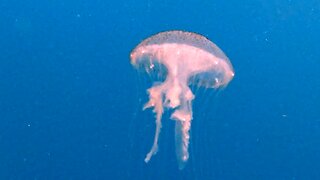 0:45
0:45
WildCreatures
1 month ago $0.44 earnedScuba divers meet luminous jellyfish on their way to the surface
8.25K10 -
 3:19
3:19
HSWCoreGeneral
5 years agoWhat the Stuff?!: 5 of the Smartest Animals
58 -
 1:45
1:45
ViralHog
5 years agoAnimals Clash in Anchorage
92 -
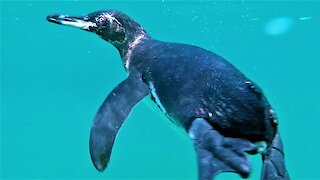 0:26
0:26
WildCreatures
5 years ago $5.02 earnedSwimmer meets curious Galapagos penguin close up
1.75K3 -
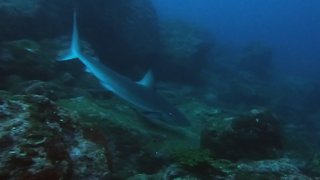 0:45
0:45
WildCreatures
6 years ago $4.99 earnedGalapagos shark is a dangerous top predator
3.72K -
 0:31
0:31
EmotionsofAfrica
5 years ago $41.12 earnedBossy Elephant Chases Animals Away From Water With Loud Screams
43.3K1 -
 1:27
1:27
SWNS
5 years agoMajestic African animals in their natural habitat caught on camera with a drone
58 -
 0:34
0:34
WildCreatures
6 years ago $8.72 earned500 lbs Giant Galapagos Tortoise tramples GoPro
2.27K -
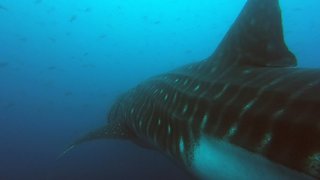 2:18
2:18
WildCreatures
6 years ago $1.94 earnedThe mystery and wonder of the Galapagos Islands revealed
2.4K3 -
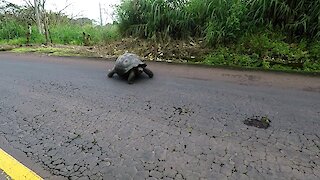 0:25
0:25
WildCreatures
5 years ago $3.66 earnedGiant wild tortoise gets right of way over traffic in the Galapagos Islands
2.95K4